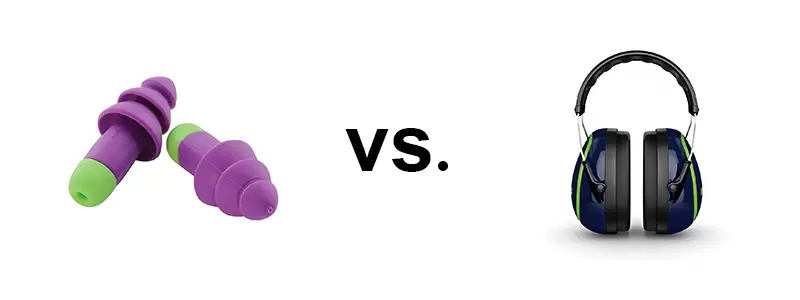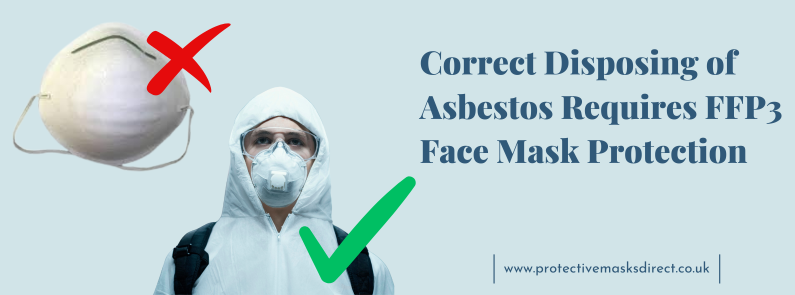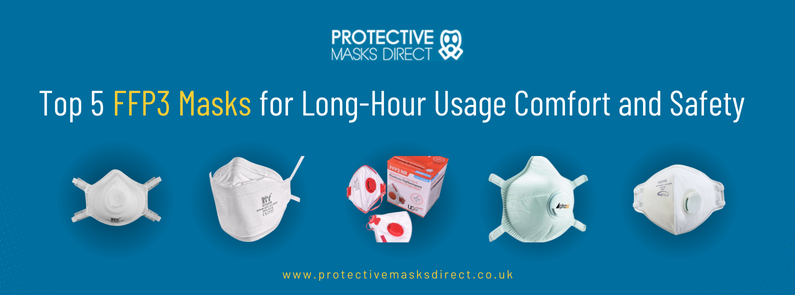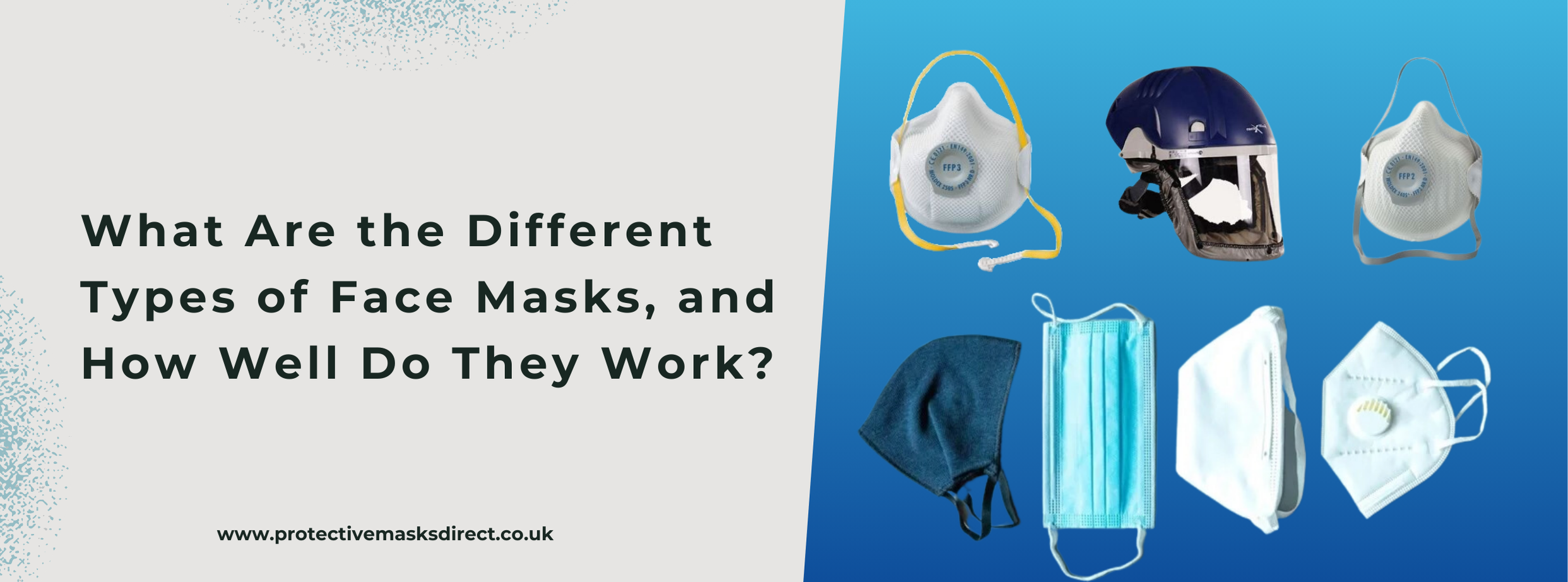
Ear protection basically refers to the devices used to protect the ears either from elements like cold, dirt, water or specifically from noise. There are various ear protection devices available for purchase, both online and offline. Each has varied features, some advantages and disadvantages. In order to understand which ear protection device is best suited for you, keep reading!
Hearing loss due to industrial noise and traffic is one of the most common workplace injuries. Hearing loss is an irreversible ailment, thus it is very important to take preventive measures for the same. In order to protect your ears from loud noises at the workplace, you can either opt for ear plugs or ear muffs. Both these ear protection devices have some unique benefits to offer. You can compare and contrast them in order to choose the perfect ear protection for yourself.
Ear Muffs
Ear muffs provide external protection to the ears. They fit snug around the person’s ear, providing protection from the cold as well as loud noises.
Benefits of Ear Muffs
- One of the main benefits of ear muffs is that they are extremely easy to fit. Ear muffs are generally produced in one standard size and don’t need to be custom-fit. They can be easily worn around the ears to fit snugly on the wearer’s head.
- In addition to providing protection from loud noises, ear muffs also keep the ears warm, protecting them from the cold. This proves very helpful for people who work in cold conditions like construction workers and landscapers.
- Battery-powered ear muffs also have microphones that allow moderate sounds in when loud noise isn’t present. Once the ear muffs detect loud noises, the microphone automatically attenuates in order to protect the ears of the wearer.
Disadvantages of Ear Muffs
- Ear muffs can cause extreme discomfort in hot and humid work conditions. Since they fit snugly around the years, ear muffs trap a lot of heat which is not ideal for use when the temperatures are high.
- Since ear muffs are worn around the ears externally, the user cannot wear other personal protective equipment (PPE). This leads to loss of protection in other forms such as safety glasses or ffp3 masks.
- Ear muffs provide less protection as compared to ear plugs. This is because ear muffs barely sit over the ears, whereas ear plugs go directly into the ear canals and block the loud noises from entering.
Ear Plugs
Ear plugs provide internal protection to the ears. They enter into the ear canals directly and protect the ears of the wearer from loud noises.
Benefits of Ear Plugs
- The major benefit of ear plugs is the level of protection they provide from loud noises. Since they fit directly into the ear canals, they provide greater protection to the ears than ear muffs. Thus, ear plugs are suitable for extremely loud work environments like airports, factories, etc.
- Ear plugs are very convenient for people who need to wear other safety devices as well. They fit directly into the ear canals without occupying any external space, hence the wearer can easily wear devices like safety glasses or helmets.
- Ear plugs come very handy. They are small and light, thus extremely easy to carry. On the other hand, ear muffs are larger and heavier, and hence cumbersome for use by workers.
Disadvantages of Ear Plugs
- Ear plugs are sometimes hard to fit in the ears. If the wearer is unable to fit the ear plugs properly into their ears, the ear plugs may not provide proper protection. Thus, employees should be trained on how to fit the ear plugs in order to ensure that they provide consistent protection.
- Ear plugs can cause irritation to the ear canals. Moreover, it is impossible for people with ear infections to use ear plugs as they may aggravate the infection.
- One needs to be extremely careful while inserting ear plugs- they must be rolled and inserted with clean hands at all times. In addition to this, if the ear plugs are inserted deep into the canals, they can also cause pain to the wearer.
So, you know that both the types of ear protection- ear muffs and ear plugs have some advantages as well as disadvantages. What you choose out of these two should depend on your needs. Both the devices come with a dB rating that tells the user about the level of noise protection they can provide. Therefore, your job is to ensure that you choose the right ear protection device depending on how loud your workplace is.




